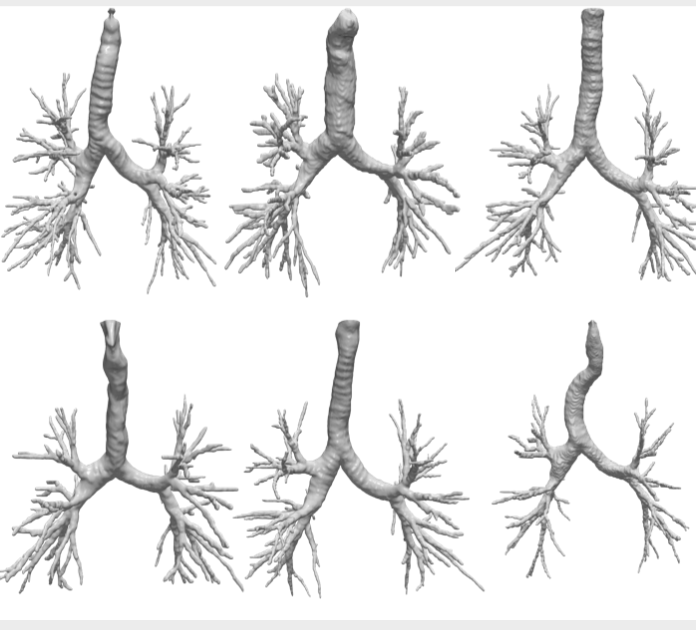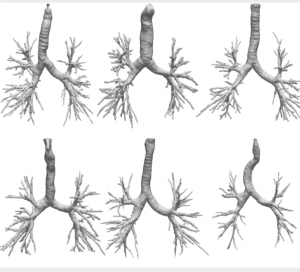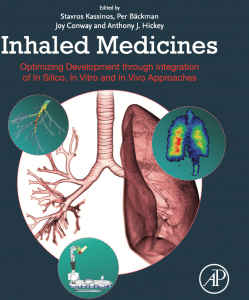The morphometry of the large conducting airways is presumed to have a strong effect on the regional deposition of inhaled aerosol particles. Nevertheless, sex-based differences have not been fully quantified and are still largely ignored in designing inhalation therapies. To this end, we retrospectively analyzed high-resolution computer-tomography scans for 185 individuals (90 women, 95 men) in the age range of 12−89 years to determine airway luminal areas, airway lengths and bifurcation angles. Only subjects free of chronic airway disease were considered. In men, luminal areas of the upper conducting airways were on the average ~ 30-50% larger when compared to those in women, with the largest differences found in the trachea (289.72±54.25mm^2 vs. 193.50±42.37mm^2 for men/women respectively). The ratio of the largest luminal area in men to the smallest luminal area in women (in any given segment) ranged between 4.5 and 8.6, the largest differences being found in the lobar bronchi. Sex-based differences were minor in the case of bifurcation angles (e.g. average main bifurcation angle: 93.04±9.58^o vs. 91.03±9.81^o for men/women respectively), but large inter-subject variability was found irrespective of sex (e.g. range of main bifurcation angle: 65.04−122.01^o vs. 69.46−113.94^o for men/women respectively). Bronchial segments were shorter by ~ 5-20% in women relative to men, the largest differences being located in the upper lobes. False discovery rate (FDR) analysis revealed statistically significant associations among morphometric measures of the right lung in women (but not in men) suggesting two phenotypes among women that we attribute to the smaller female thoracic volume.
https://journals.physiology.org/doi/abs/10.1152/japplphysiol.00144.2020







